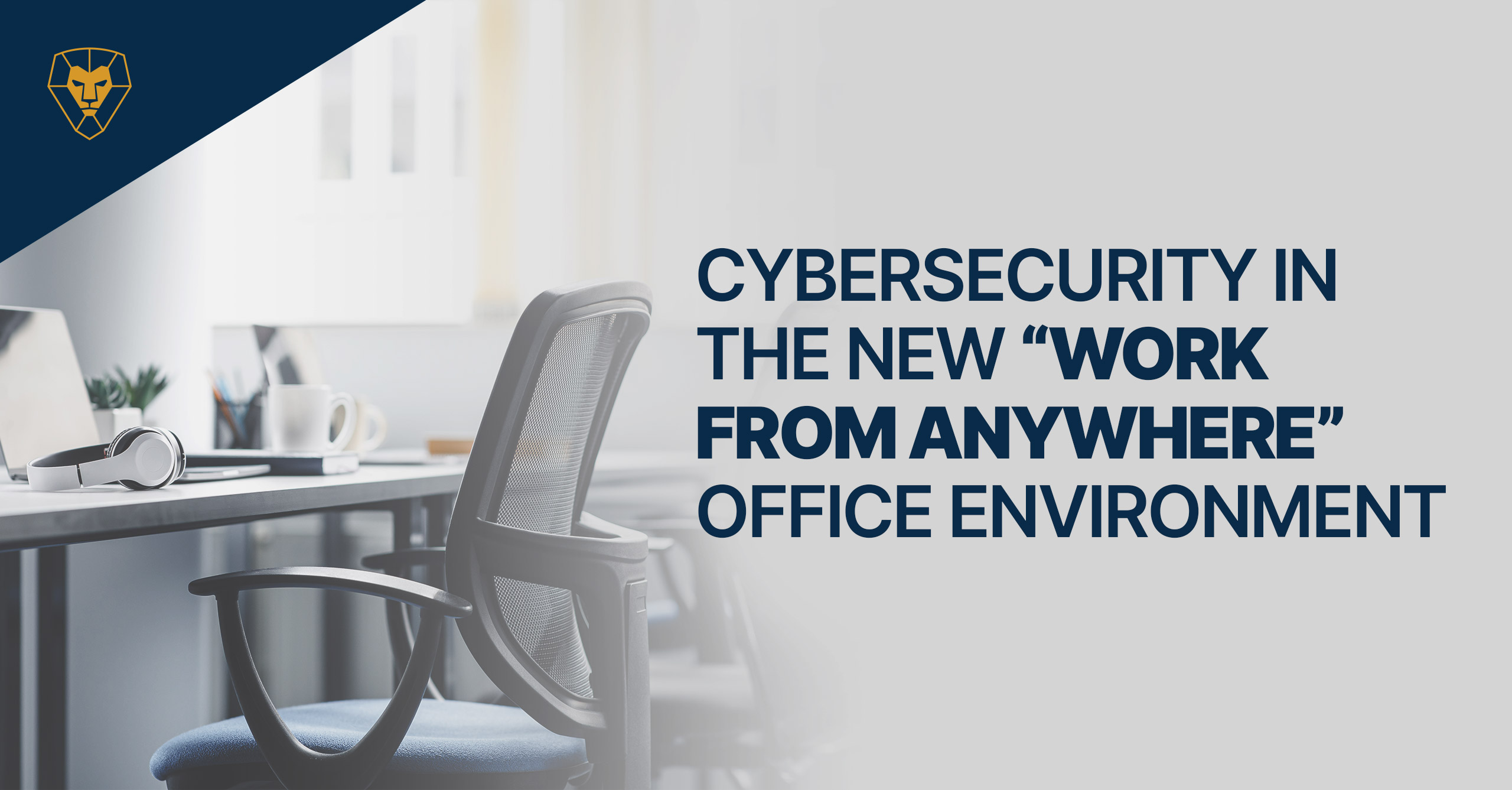
Over the past year and a half, MSPs drank from a collective firehose of customer demand as the business world made a massive, and immediate, move to remote work.
Overall, the transition to remote work was favorable, with 83 percent of employers and 71 percent of employees saying it has been a success. But as employees return to work, the focus has shifted from remote-exclusive work to the new “work from anywhere” office, and MSPs need to be ready to adapt to this new environment. One of the biggest challenges will be building effective cybersecurity solutions for “work from anywhere” workplaces in the face of an ever-expanding digital footprint.
What’s Unique About “Work From Anywhere”
“Work from anywhere is akin to other solutions like data centers and the cloud,” says Liongard founder and CEO Joe Alapat. “When cloud technology was introduced, all data didn’t just suddenly get migrated to the cloud, instead we developed hybrid IT departments using both on-premise and cloud technologies for better outcomes. And the same will happen in the workplace.”
The new “work from anywhere” environment is a mix of remote and physical company offices designed to provide flexibility for employees. While the majority of employees would like to work from home at least 3 days a week, office space is still valuable for group meetings, collaboration between teams or just socializing in-person with co-workers. To support this new work style, employers are investing in technology to help their employees succeed—72 percent of executives are investing in tools for virtual collaboration and 70 percent are investing in IT infrastructure to secure virtual connectivity.
The Digital Footprint is Now Everywhere
The biggest change in cybersecurity management now is how large the digital footprint is for each organization. Instead of just managing office networks, travelling employees and one or two remote workers, MSPs now need to think about every employee as an individual office with its own network. This introduces a number of complications in terms of new processes and threat management. If a company has 30 employees and a headquarters office, MSPs needs to think about it as 31 separate offices—one for each employee plus the main headquarters office. That’s a lot to manage!
“There’s all of these new thought processes and scenarios that maybe you didn’t prioritize as much that you have to start thinking about,” says Alapat. “The home network, devices, firewalls that are sitting at the edge of the network, DNS filtering, all these things. And that means that the perimeter has really been redefined, and I like to say it’s like an amoeba, right? It’s everywhere! And right now, we’re all learning how to grapple with this. And I think MSPs are in a great position to think about that and put themselves in the shoes of the CEO of their customers to say ‘What as a CEO can I do for my employees to make their lives easier and more secure?’”
As an MSP, there’s a lot you can do. You can proactively reach out to your customers with suggestions or solutions to make their transition easier. Are their security certificates all current? Do they need any upgrades? Have any of their employees been the victim of a security breach? These are all important pieces of information you can present to your customers to fix any critical issues and reassure them you have their back when it comes to transitioning to a hybrid workplace.
“We always say in cybersecurity, it only takes one slip-up for something to go wrong. And I like to turn that around and say, you have so many opportunities to disrupt a breach or an incident from happening. And that’s the way that I would tell every MSP to think about it, and if you do that then you start thinking about things like network segmentation, DNS filtering, email filtering and things like that as opportunities to disrupt reconnaissance and lateral movement. It’s up to the MSP to hand-select the key things for each customer that are the best choice for their business.”
And once you have all of those pieces into place, monitoring them is crucial. Constant and consistent monitoring of your customers’ systems along with automated alerts will let you know the first sign of security trouble so that you can take proactive steps to mitigate damage and impact on the business. Liongard’s Unified Visibility platform and Actionable Alerts give you full visibility across your customer’s whole stack, all in one place, for systems monitoring that makes it easy to standardize, secure and scale your operations to meet customer needs.
See what Liongard can do for you. Schedule your demo today.